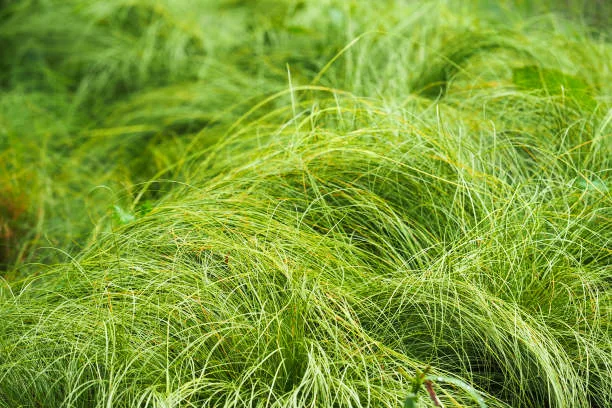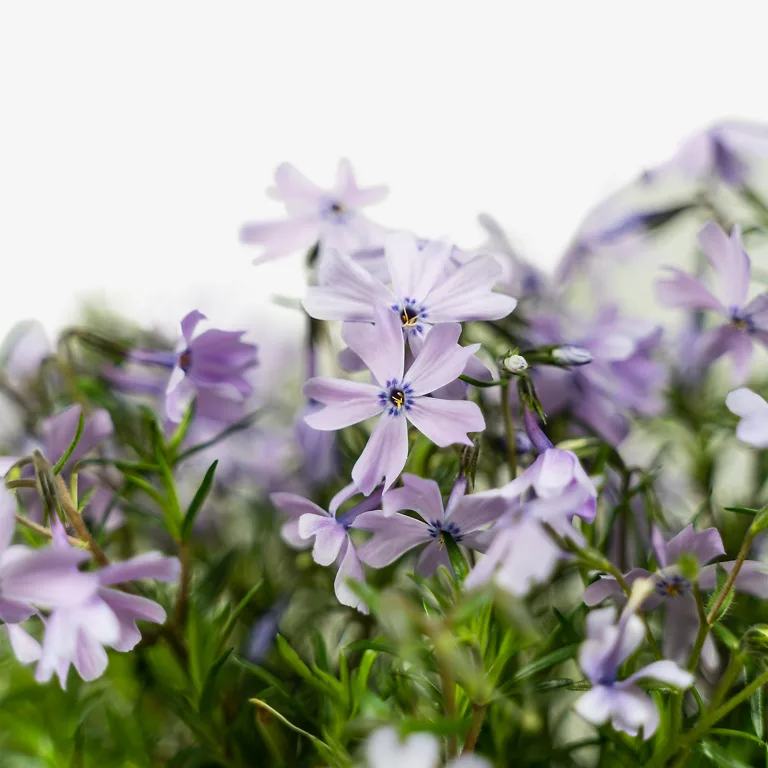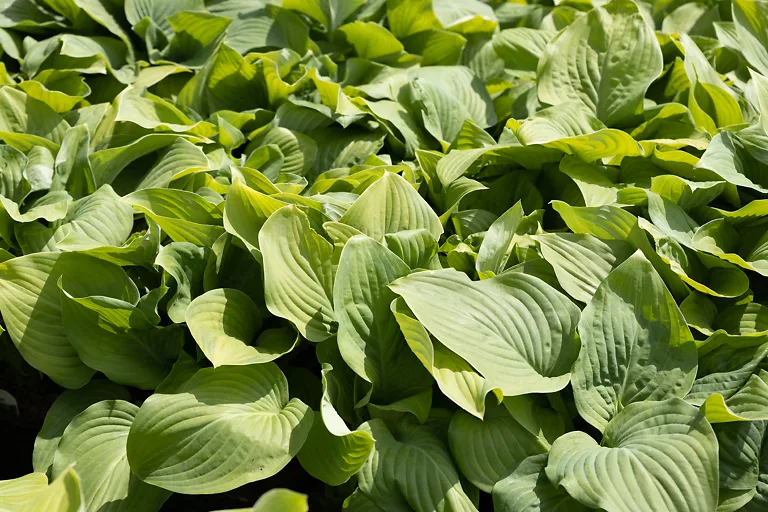
Written by s • Growing Sedges in Your Garden
Ornamental grasses have been hot in gardening for a long time now, and are an essential part of almost everyone’s planting today. Many people may not realize, though, that among their grasses, or those on offer from a nursery, are plants that may look like a grass, but are not truly grasses at all. In fact, there are three grass-like plants growing on the planet – true grasses, rushes and sedges. They may look similar in many ways, but they are not difficult to tell apart. More of that in a moment. From a gardening viewpoint, sedges are the most important, and they have features that make them great choices in some difficult situations. Where you want a grass-like plant, but it is shady, sedges can be the answer. When it is too dry or too wet, there is probably a sedge that will enjoy that spot. When you simply want something grass-like, but a little different, check out a sedge or two. These are great plants, and easy to grow – let’s get started
How to Distinguish Grasses, Sedges and Rushes
Botanists and naturalists teach a simple rhyme to memorize the difference – “Sedges have edges, Rushes are round, Grasses have nodes from the top to the ground.” What does this mean? All these things are to do with the stems of the plants, not the leaves. Stems have leaves growing off them, and in these plant are usually tall and upright. A stem of a sedge is triangular in cross-section, not round, so it has ‘edges’. The leaves are usually arranged in three rows too. Rushes are smooth and round, and if you cut through the stem it is solid, not hollow, as it is in a grass. Lastly, grasses have lumps along the stem, usually surrounded by the base of a leaf. These are called ‘nodes’, or ‘knees’ if you like.
Actually, ‘knees’ is a good name for them, and here is why. Grasses grow in open, drier areas where trees won’t grow much, and that open grassland caused the evolution of large grazing animals, like horses, sheep, cows and buffalo. Trouble is, when herds of these big animals walk across you, you get flattened. For most plants that would be the end, but grasses kneel down, and the nodes grows more on the ‘kneecap’ side, straightening up the stalk again. It’s an amazing bit of evolution, as the grazing animals and the grasses adapted and evolved to accommodate each other.
There aren’t many rushes grown in gardens, although some are popular for water gardens. But there are lots of sedges, indeed, many more than we realize. For example, there is a lot of admiration for plants of the prairies, but in reality up to a quarter of all the prairie ‘grasses’ are actually sedges.
Growing Sedges
The great thing about sedges is how versatile they can be, depending on which one you choose. When you think about it, grasses are not so versatile at all. They almost all need lots of sun, can’t take wet soil, and also most don’t take very dry soil either, simply stopping growing and turning brown during hot, dry weather. Sedges, on the other hand, grow in all sorts of environments, from swamps to very dry ground, as well as in sun or shade. The trick in working successfully with them in your garden is to choose the right one for the situation you want to deal with. See the image at the top for an idea of how good a ‘sedge lawn’ can look. So, growing sedges well means knowing a bit more about the specific ones that with other plants. Think about it – if you have a sunny, well-drained soil, then just about any grass you care to pick, just for its looks, is going to be successful. With sedges, if you pick up one simply for looks, and plant it in the wrong place – oops! Problems. To help you do that, here are a selection of sedges, emphasizing where they will grow best.
Some Popular Sedges to Grow
Most ornamental sedges are in the genus Carex, the biggest group of these plants.
White-tinged Sedge – Carex albicans. If you have shade, and want a grass-like plant, then the White-tinged Sedge is your one-stop shop. Super happy in shade, and heat-tolerant too, it’s a fine-leafed plant that gives a light look of green in areas where regular lawn grasses won’t grow. Standing about 18 inches tall, with narrow, arching leaves, it looks great, and grows perfectly, and easily. Of course, you can’t mow it regularly, but planted as a carpet in those spots where grass won’t grow, it gives a charming look. Native to North America.
Plains Oval Sedge – Carex brevior. If you have variable areas of light and shade, but want a uniform covering, then you have the almost-perfect answer with the Plains Oval Sedge. Both sun and shade tolerant it also grows in both poor, dry soils and in wet ground too, even tolerating some flooding. It would make a great base plant to grow a natural garden, covering a whole section of your garden, and then interplanting with suitable flowers for the different conditions. With slightly wider leaves than the White-tinged Sedge, it still gives a grassy, green look. Native to North America.
Morrow’s Sedge – Carex morrowii. While there are lots of great sedges that are native to America, if you are willing to step outside native plants, then that first step will take you to Morrow’s Sedge, and particularly the very popular variety, ‘Ice Dance’. With narrow leaves neatly edged in white, it creates a fascinating interplay of light and shade, and does seem to dance in the breeze. Low-growing at just 12 inches tall, it’s a perfect little edger for a path, or for planting in shady places for contrast with bigger, bolder leaves, brightening any area. It’s completely happy in wet or normal soil. Native to Japan.
Oshima Sedge – Carex oshimensis. Normally seen in the variety ‘Evergold’, this is a plant, from Japan, that goes by many other names. Sedges are tough to identify, and mistakes are easy, so you will find it listed with several other names, and even the variety name changes too. The plant doesn’t though, and remains a great shade-tolerant plant, whatever you call it. Similar to ‘Ice Dance’ in general appearance, it has a pale-yellow stripe down the middle of the leaf, with green edges – the opposite of ‘Ice Dance’, and more golden looking. Again a great way to bring light to shady beds.
Caring for Sedges in Your Garden
The care of sedges is easy, but a little different from ornamental grasses. Since most are evergreen, or nearly so, depending on your zone, don’t cut them down in fall. Leave it until spring, and in many cases you won’t need to bother at all, as new growth will soon hide any older dead or damaged leaves. For ground cover, space plants about two-thirds of their height – in other words, varieties that are 12 inches tall should be between 8 and 12 inches apart. Most will spread gently, without becoming invasive, so a wider spacing just takes a couple of years extra to fill in. If you do want to trim, use shears, or for larger areas set your mower at its highest and go at it. Water new plantings at least once a week – twice a week if the weather is hot and dry – but once established these plants are very self-sufficient, and untroubled by deer, pests or diseases.







